Why Care About Microplastics?
Microplastic particles have been found in nearly every corner of the globe, but health effects and toxicity are only beginning to be understood. Because of their ubiquitous nature, microplastics present a challenge in both accurate sampling and source attribution. Microplastics are emerging as an environmental issue that regulators and industry will be increasingly focusing on in the coming years.
TRC has been heavily involved in tracking microplastics as an emerging contaminant for the past several years by staying up to date with ongoing research and developments regarding microplastics’ environmental distribution, monitoring regulatory actions to microplastics, studying ecological risk and exploring remedial options. TRC is also partnering with universities and other research institutions to develop cutting-edge solutions for addressing microplastics for a wide range of industries and municipalities, and have recently initiated a new project for a confidential client focused on collecting and analyzing samples for microplastics and per- and polyfluoroalkyl substances (PFAS).
Related Services
ITRC’s Microplastics Team
This guidance document was created by the Interstate Technology and Regulatory Council (ITRC) Microplastics team that was formed in January 2021 to create a guidance document to consolidate and communicate the current state of the science for microplastics as an emerging contaminant. In addition, the ITRC team developed training to prepare environmental professionals to address the diverse challenges of microplastics.
ITRC’s team of regulators, researchers, consultants industry and the general public volunteered their time to collaborate through a variety of virtual and in-person discussions and knowledge-sharing sessions to track and understand the wide range of ongoing microplastics research, and compile it into a digestible, comprehensive guidance document. The draft guidance document was sent out for external review to a group of microplastics experts and regulators for review and comment, and their feedback was incorporated into the final document.
The following TRC staff contributed significantly to the ITRC Microplastics guidance document and associated training:
- Jenny Phillips, VP, Director of Technical Development and TRC Center of Research and Expertise (CORE), was a co-leader of the Human Health and Ecological Effects chapter of the guidance document.
- Alia Enright, Project Engineer, was a contributing writer to the Sampling and Analysis chapter of the Microplastics guidance document, developed the document’s online Sample Collection Tool, and is one of the trainers for the online training webinars.

What Does the Guidance Document Cover?
The guidance document was created to consolidate the state of the science to assist regulators and other decision makers in developing their own methodology to evaluate, regulate and respond to this emerging contaminant.
The online guidance document and associated training covers the following topics:
- Introduction to microplastics, including their sources and characteristics
- Fate, transport and environmental distribution
- Sampling and analysis
- Ecological and human health effects
- Regulations
- Mitigation, abatement and best management practices
- Data gaps and ongoing research needs
- Case studies
When Are Guidance and Training Available?
- February 23, 2023 – Microplastics technical guidance document available online
- March 7, 2023 – Online training webinars begin

Want to Get Involved?
The team will continue its work under a new name: ITRC Microplastics Outreach Toolkit team. The focus of this team will be to develop a toolkit for communicating microplastics issues to the general public. This ITRC team is looking for new members, so please consider joining if you’re interested in continuing to stay up to date on this emerging topic!
TRC is prepared to assist you with your microplastics-related questions. For more information, please contact our expert below.
Learn More From Our Technical Experts
TRC’s Center of Research and Expertise (CORE) is a multidisciplinary team led by proven subject matter experts in over 30 specialized technical areas. Our monthly CORE newsletter shares valuable insights on emerging technologies, significant challenges and innovative solutions present in many industries across the world. Our experts also share how they use their unique skills and experience to solve client issues and support our communities and the environment.

Partager nos perspectives
Nos praticiens partagent leurs idées et leurs points de vue sur les tendances et les défis qui façonnent le marché.
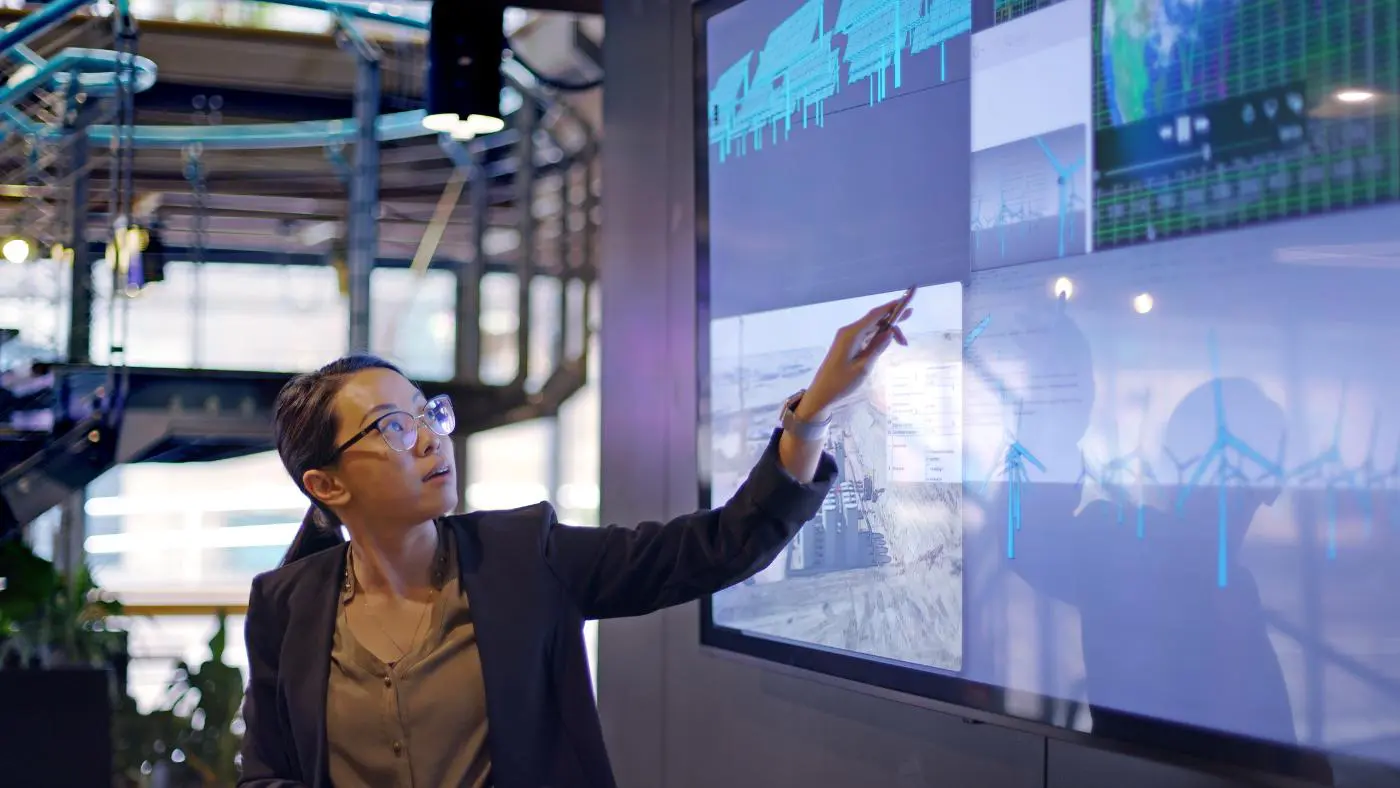
TRC and Environmental Partners, Inc. (EPI) have entered into definitive agreement for the sale of EPI’s business
novembre 25, 2019
TRC and Environmental Partners, Inc. (EPI) have entered into definitive agreement for the sale of EPI’s business
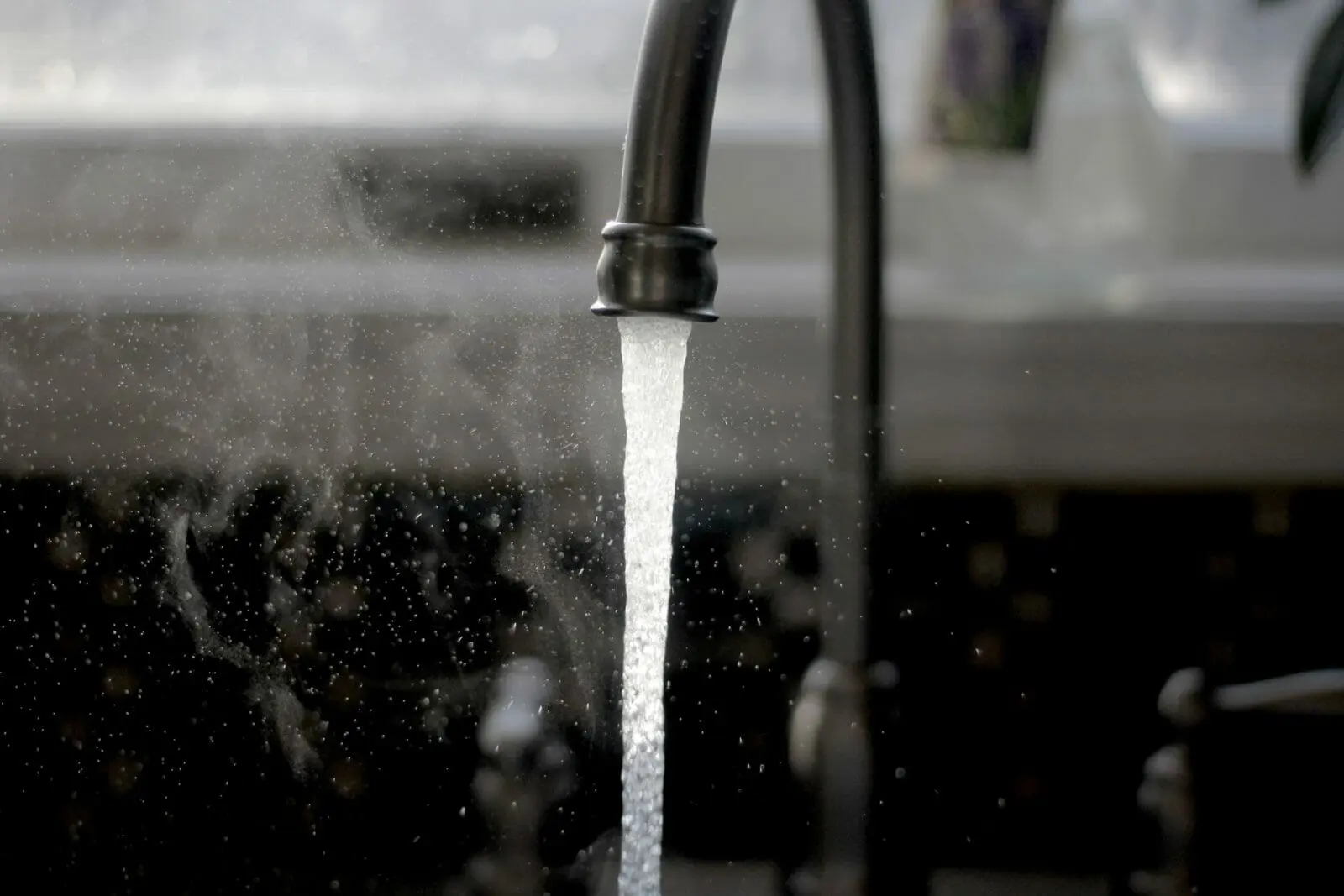
World Health Organization Examines Danger of Microplastics in Drinking Water
novembre 5, 2019
There’s growing concern that microscopic plastic particles could be having a detrimental effect on drinking water quality.
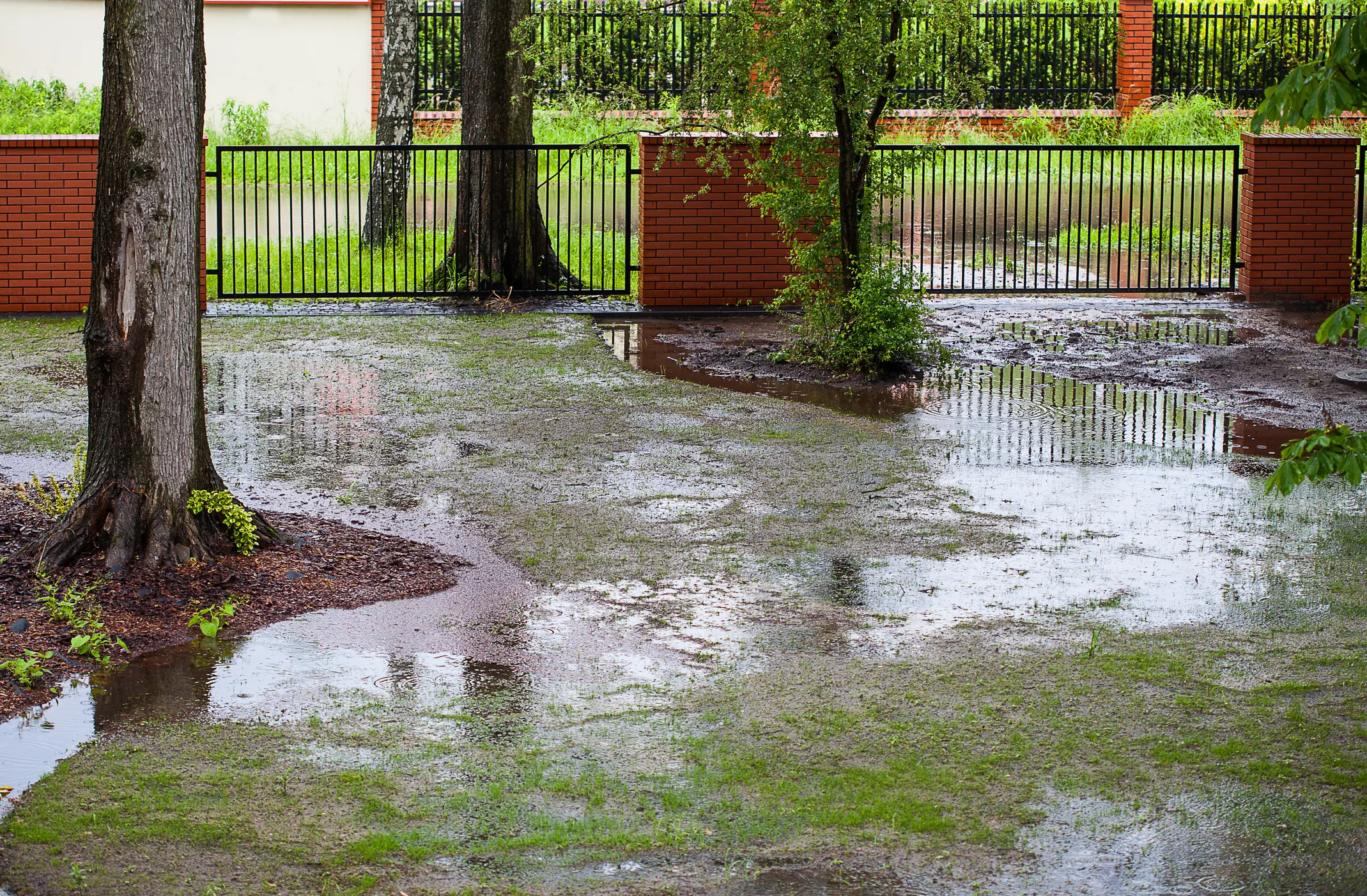
Groundwater Recharge: How It Affects Your Decisions
mai 30, 2018
Often misunderstood, groundwater recharge rate is an important consideration when assessing groundwater supply or aquifer vulnerability.
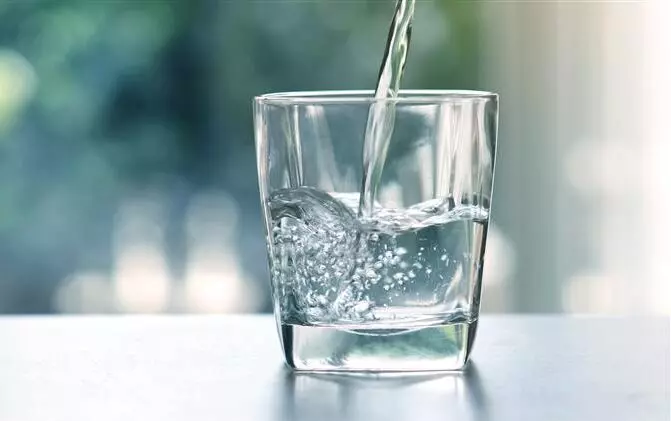
Virginia Water and Wastewater Rate 2024 Report is Now Available
avril 3, 2025
Keys to a successful technical impracticability evaluation are sound data collection, documentation and effective communication of site conditions and groundwater restoration potential.
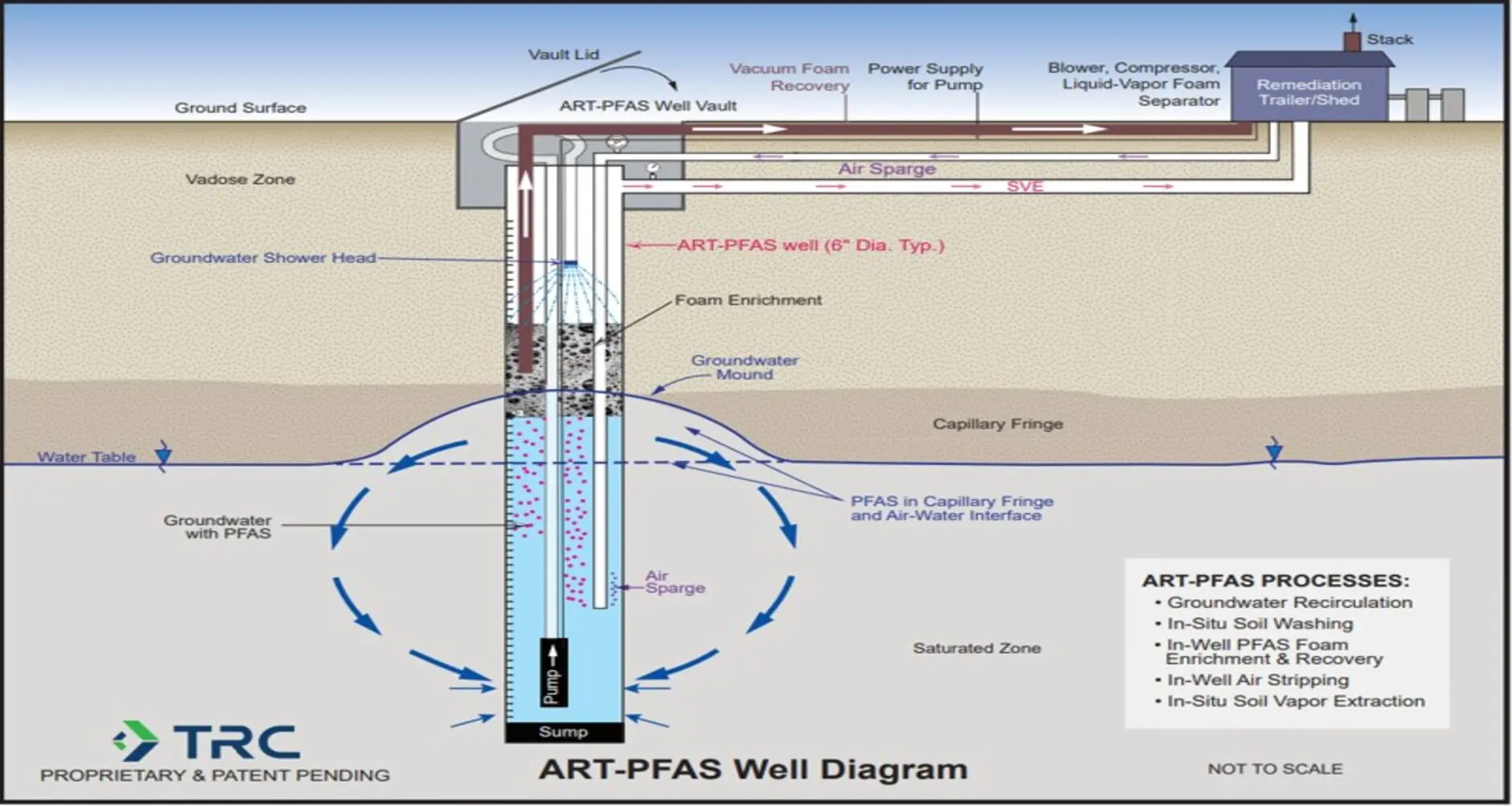
Percées novatrices dans l’assainissement in situ actif des SPFA
septembre 27, 2024
Ne manquez pas la présentation et l’atelier de la CVR à la 40e conférence internationale annuelle de l’AEHS sur les sols, les sédiments, l’eau et l’énergie
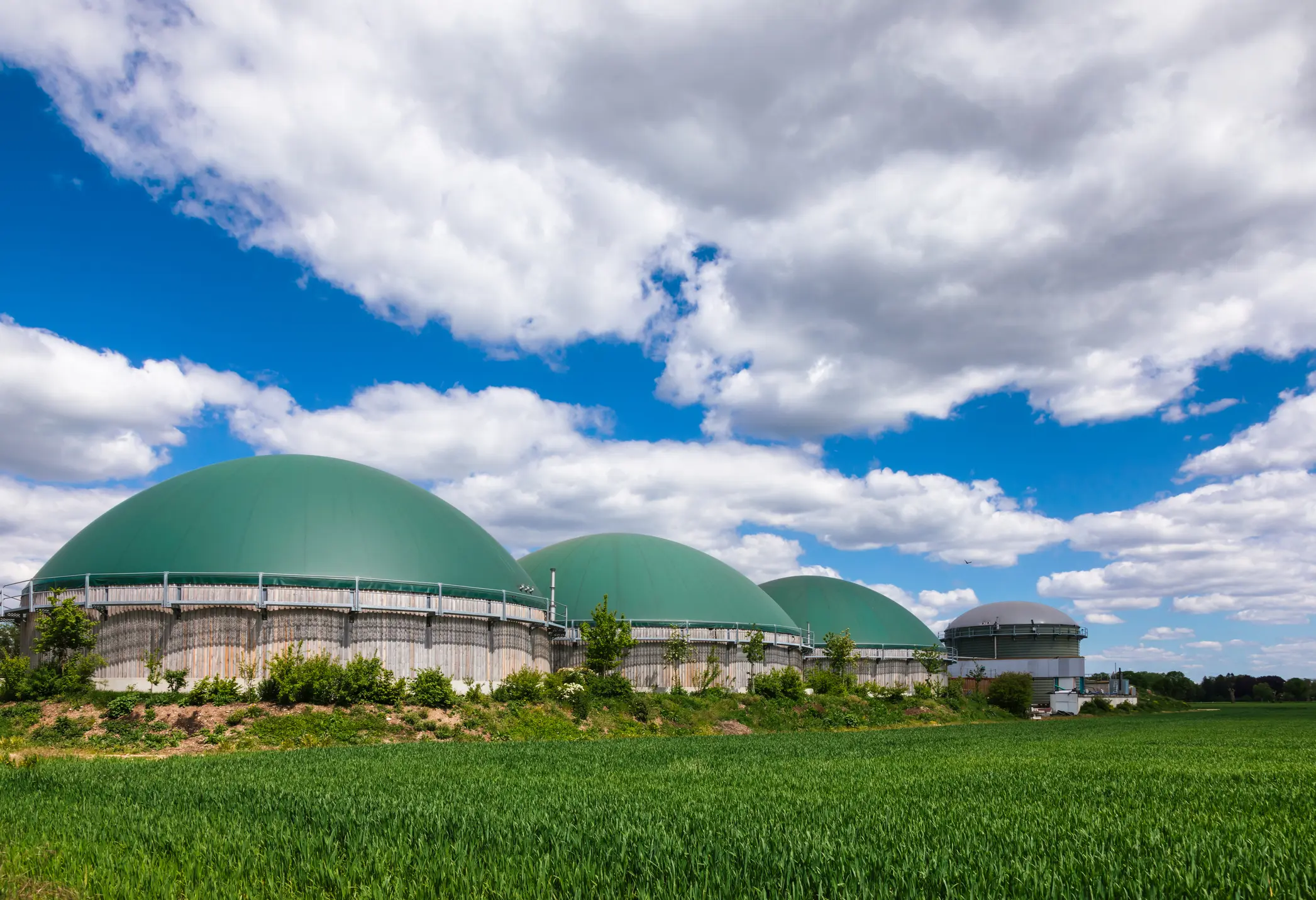
Webinaire TDU – Bioventing Plumes résiduelles LNAPL
août 27, 2024
L’expert de TRC discute des bases du système de bioventing et de bioventing d’hydrocarbures et de la conception de puits. Deux études de cas sont également fournies pour montrer des exemples d’assainissement des sources de biovention et d’installation d’un système de biovention dans une raffinerie et une ferme de combustible en vrac.
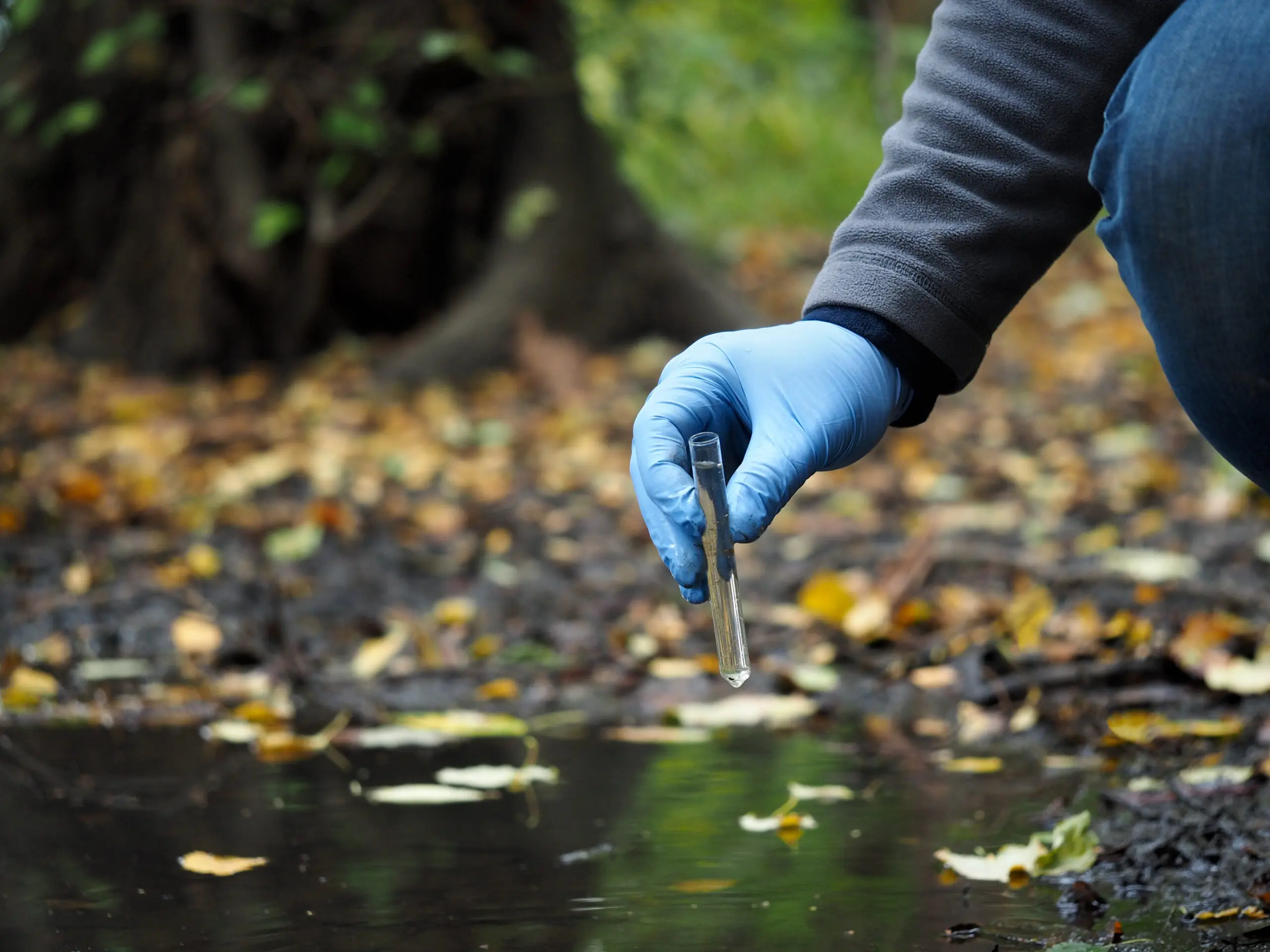
Conseils de récupération LNAPL pour les milieux non consolidés
août 20, 2024
Le liquide léger de phase non aqueuse (LNAPL) est un contaminant des eaux souterraines qui n’est pas soluble dans l’eau.
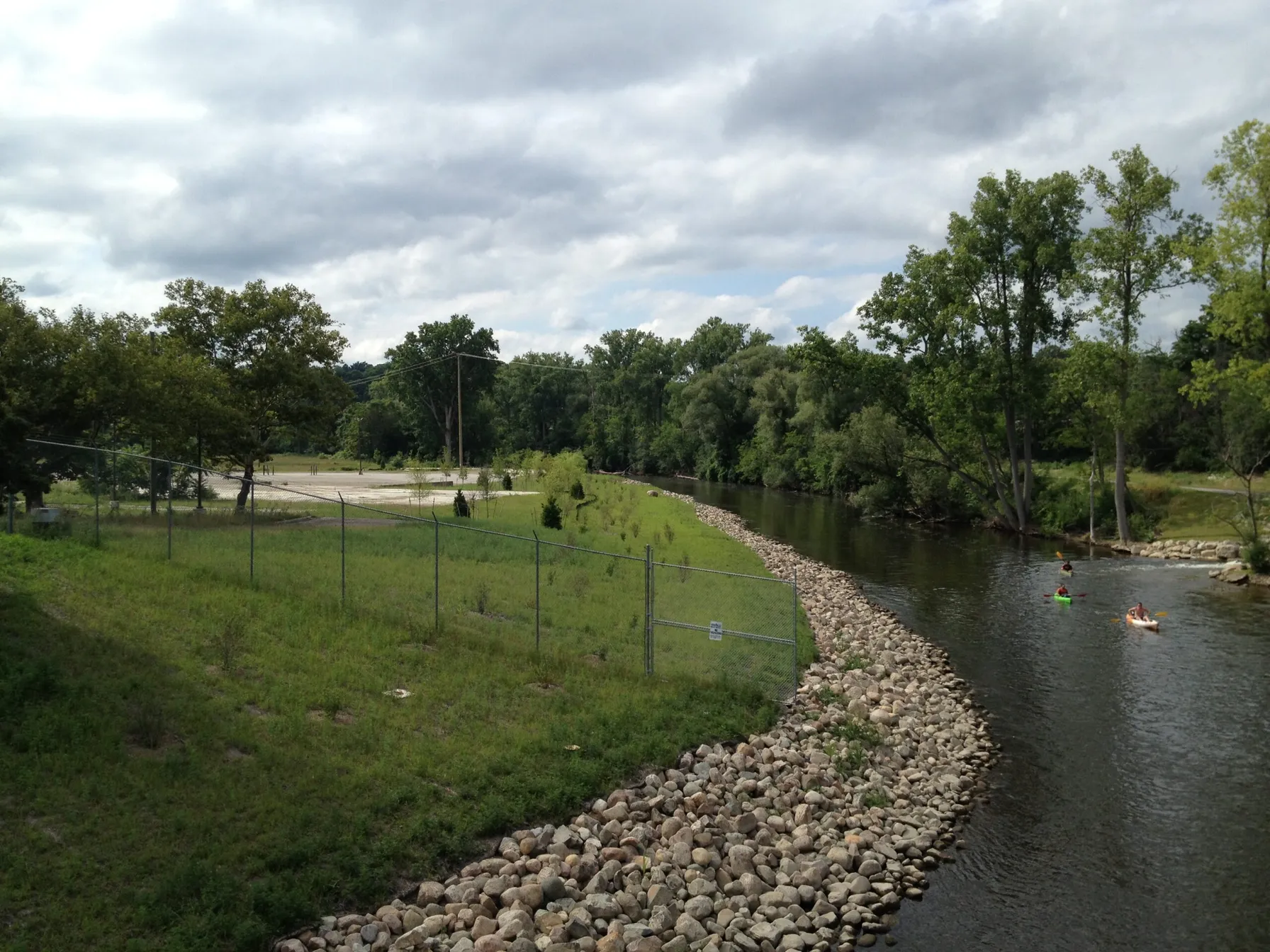
Prévenir les rejets de contaminants dans les ressources en eau
avril 22, 2024
La technologie brevetée napl-trappe capuchon de TRC traite des contaminants à la source de sédiments.

UAV pour les HCB : Naviguer dans le ciel pour la surveillance environnementale
février 5, 2024
L’eutrophisation et les proliférations d’algues nuisibles constituent une menace pour la santé écologique et la jouissance par les communautés des écosystèmes d’eau douce et côtiers mondiaux

Déchloration du panache de solvant
Décembre 13, 2023
La déchloration anaérobie est un processus biologique qui se produit en l’absence d’oxygène et qui est principalement utilisé pour assainir les composés chlorés, tels que les solvants chlorés.

Du triage à la prévention : gestion des microplastiques à l’aide d’un cadre de soins de santé
septembre 21, 2023
Gestion des microplastiques à l’aide d’un cadre de soins de santé

Le rapport 2023 sur le taux d’eau et d’eaux usées en Virginie est maintenant disponible
juillet 24, 2023
La réussite d’une évaluation technique de l’impraticabilité est la collecte de données solides, la documentation et la communication efficace des conditions du site et du potentiel de restauration des eaux souterraines.
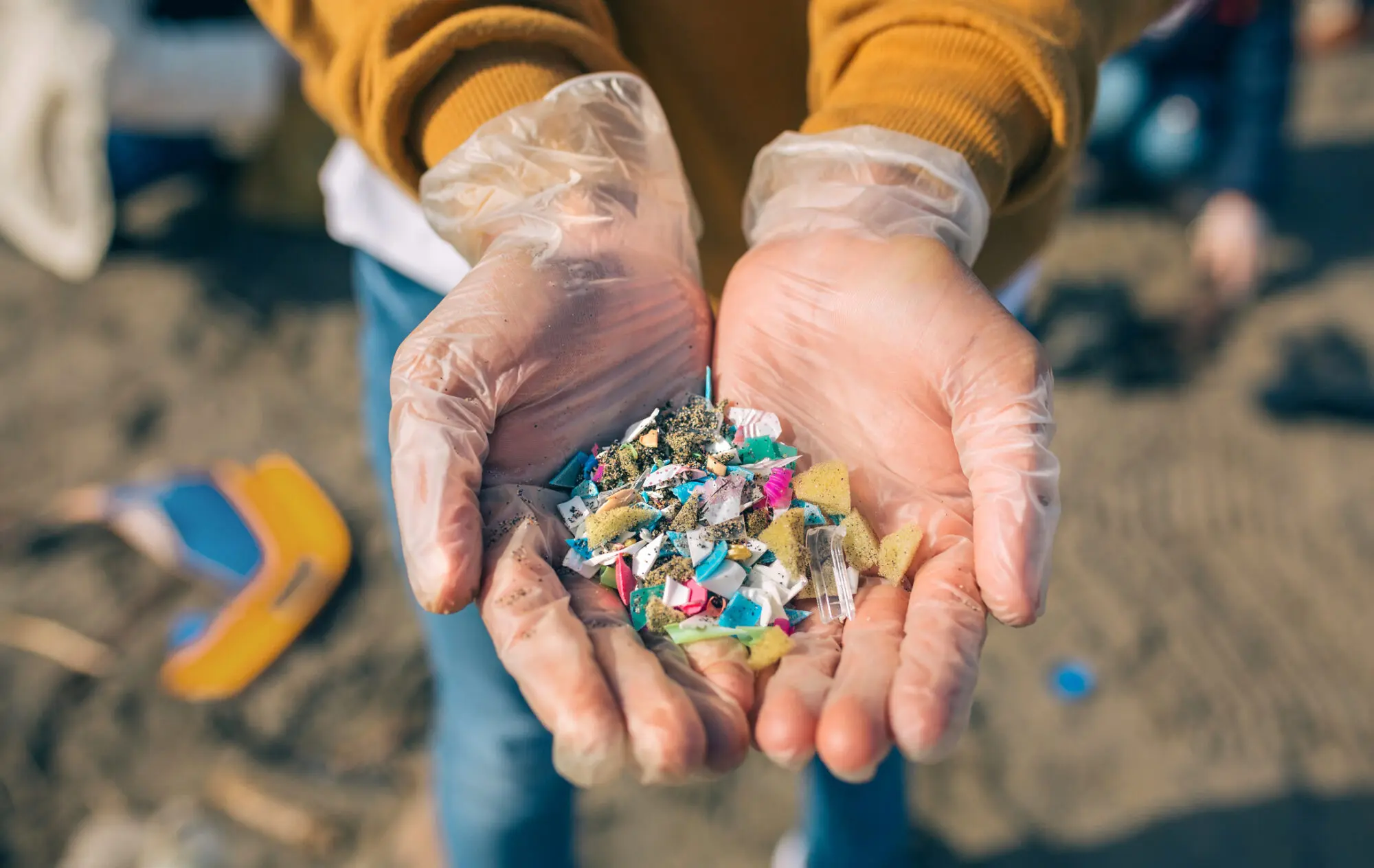
Microplastics ITRC Guidance Document and Training Available Soon!
février 23, 2023
Microplastic particles have been found in nearly every corner of the globe, but health effects and toxicity are only beginning to be understood. Because of their ubiquitous nature, microplastics present a challenge in both accurate sampling and source attribution. Microplastics are emerging as an environmental issue that regulators and industry will be increasingly focusing on in the coming years.

Vapor Intrusion Assessment and Mitigation Case Study
février 23, 2023
Keys to a successful technical impracticability evaluation are sound data collection, documentation and effective communication of site conditions and groundwater restoration potential.

Odor Evaluation Services
février 23, 2023
TRC is nationally recognized as an expert in the field of odor measurement, identification, modeling and control engineering. This presentation includes an overview of odor properties, odor evaluation, modeling and odor thresholds and outlines the four sensory properties: detectability, intensity, character and hedonic tone.
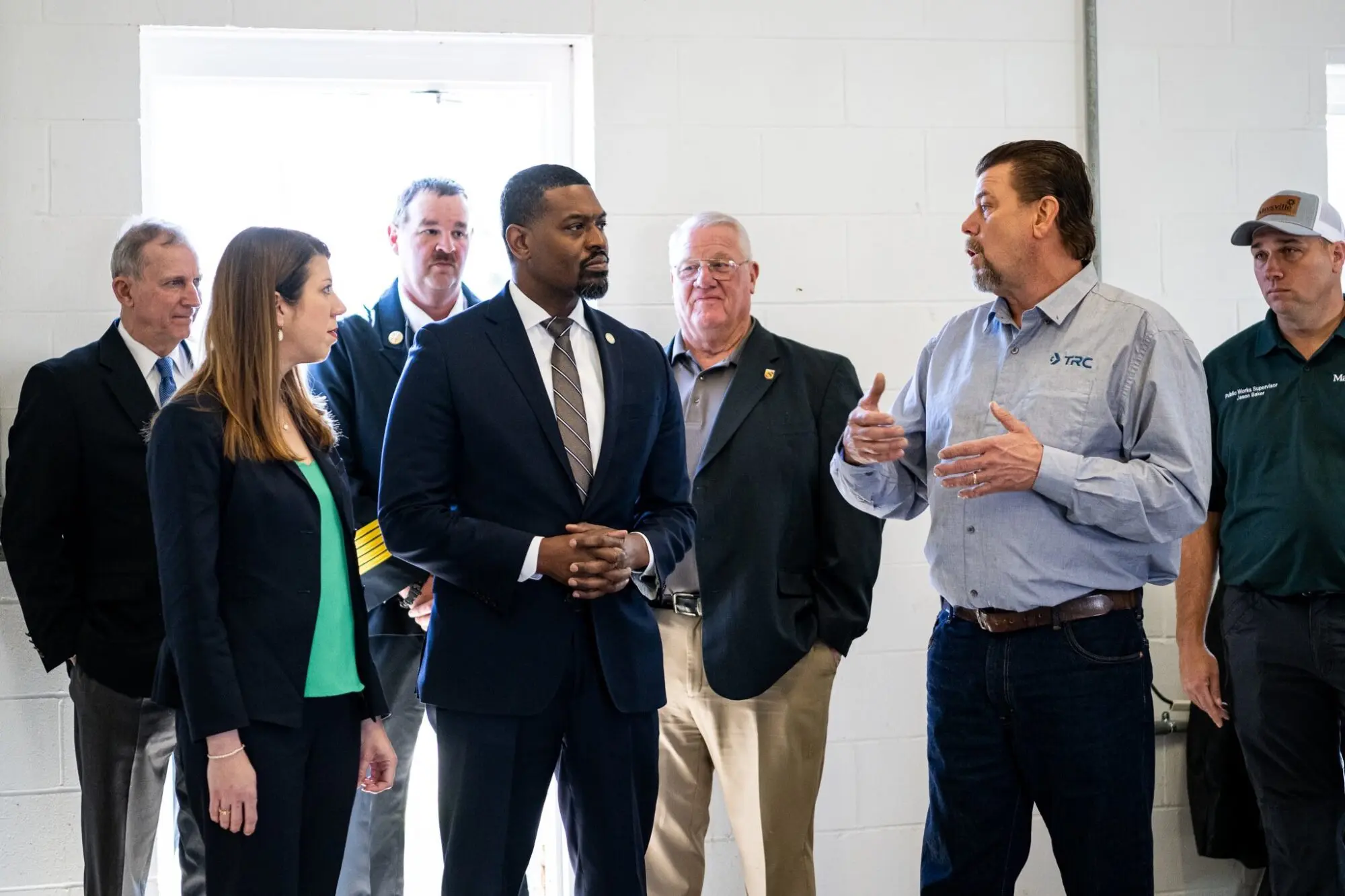
EPA Announces $2 Billion in Funding to Address Emerging Contaminants in Drinking Water
février 14, 2023
Environmental Protection Agency Administrator Michael Regan announced $2 Billion in infrastructure funding to help the nation’s rural water supplies.

Metals 101
février 8, 2023
Metals are naturally occurring elements in the Earth’s crust that enter the environment through natural processes. They can be found in groundwater, soil and sediment. The trophic transfer of these elements in aquatic and terrestrial food chains has important implications for wildlife and human health.
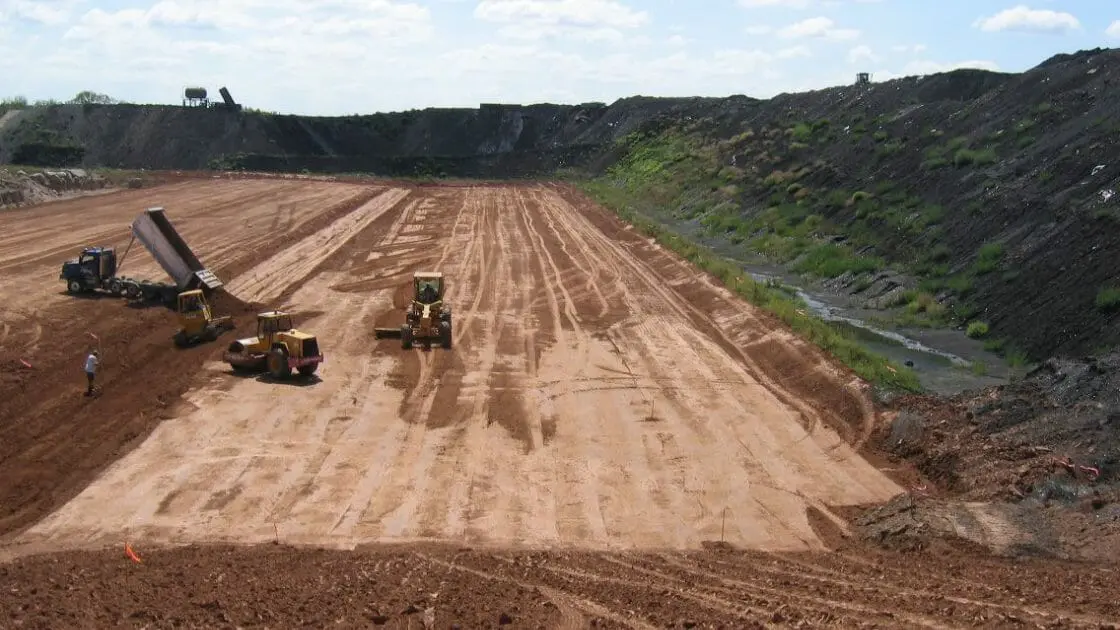
Green and Sustainable Remediation
janvier 9, 2023
Green and sustainable remediation (GSR) can optimize remedial activities, minimize environmental footprints and reduce social and economic impacts.
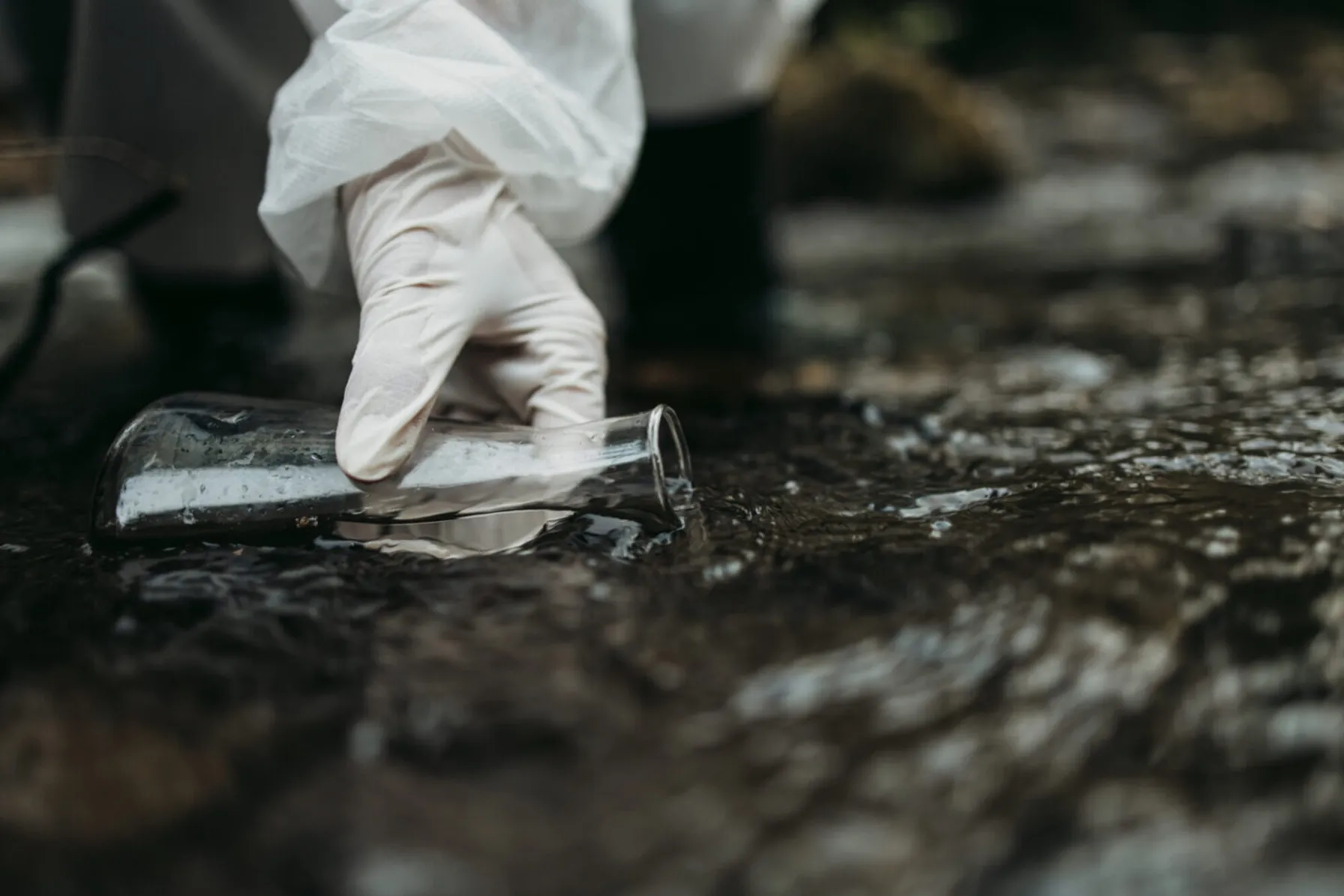
Chlorinated Solvents 101
janvier 9, 2023
Chlorinated solvents are present in industrial chemicals and can post risks to the environment and human health.

Equipment Decontamination and Replacement of Legacy Aqueous Film Forming Foams
Décembre 21, 2022
Legacy AFFF used for firefighting are a significant source of PFAS in the environment. With current and expected regulation, many entities are looking for replacements.

Advanced NAPL Site Characterization Tools
Décembre 14, 2022
Advanced NAPL site characterization tools can improve site understanding and remediation performance.
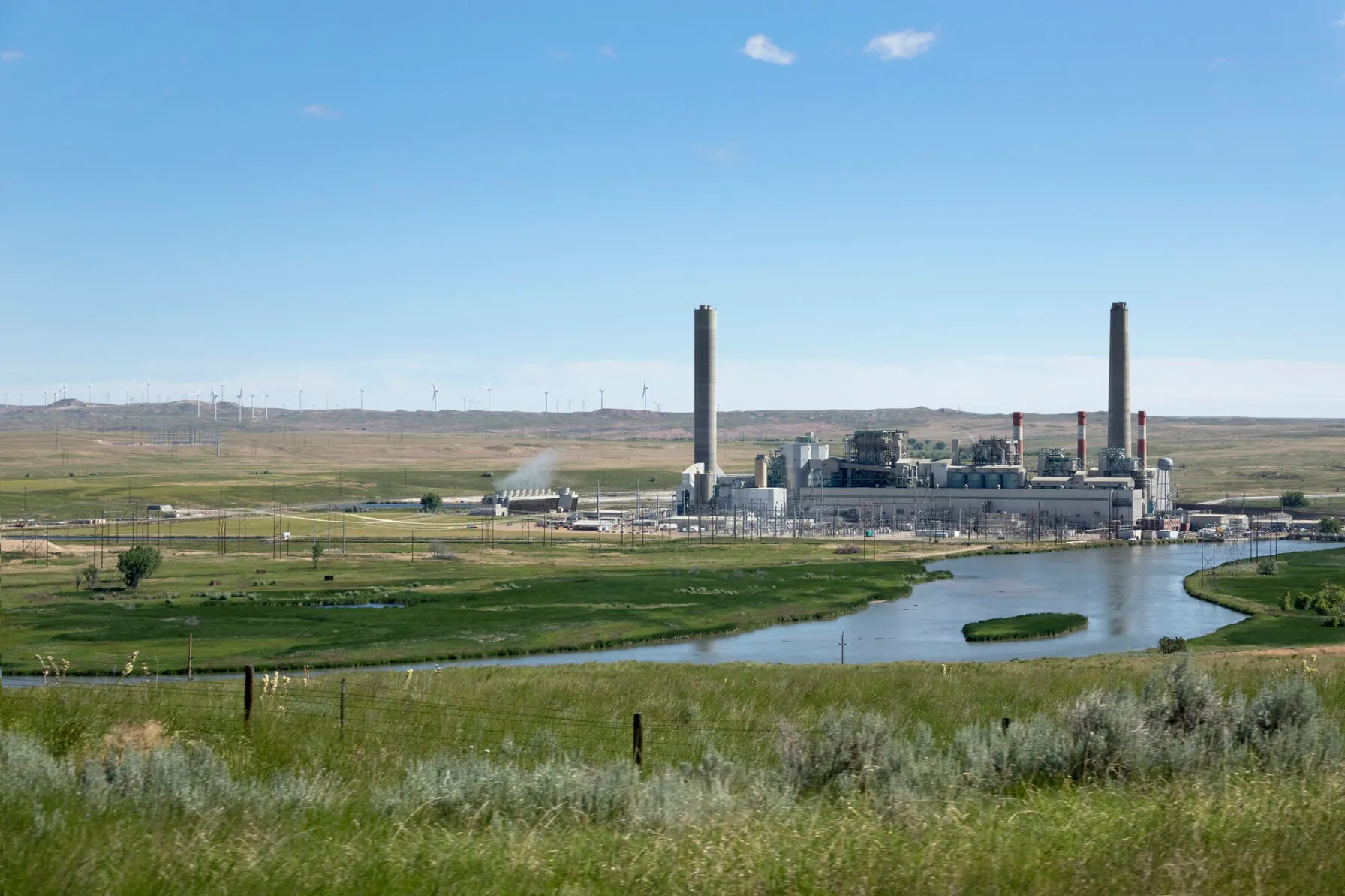
Preparing Your RMP Facility for a Future of Extreme Weather
novembre 29, 2022
Facilities dealing with hazardous materials must prepare for extreme weather events that pose a risk to their operations and the community.

Biotic and Abiotic Reduction to Achieve Groundwater Compliance at CCR Sites
novembre 22, 2022
TRC conducted two case studies to test different EA strategies. In both studies, chemical and biological reduction to stabilize metals at former CCR sites were evaluated.
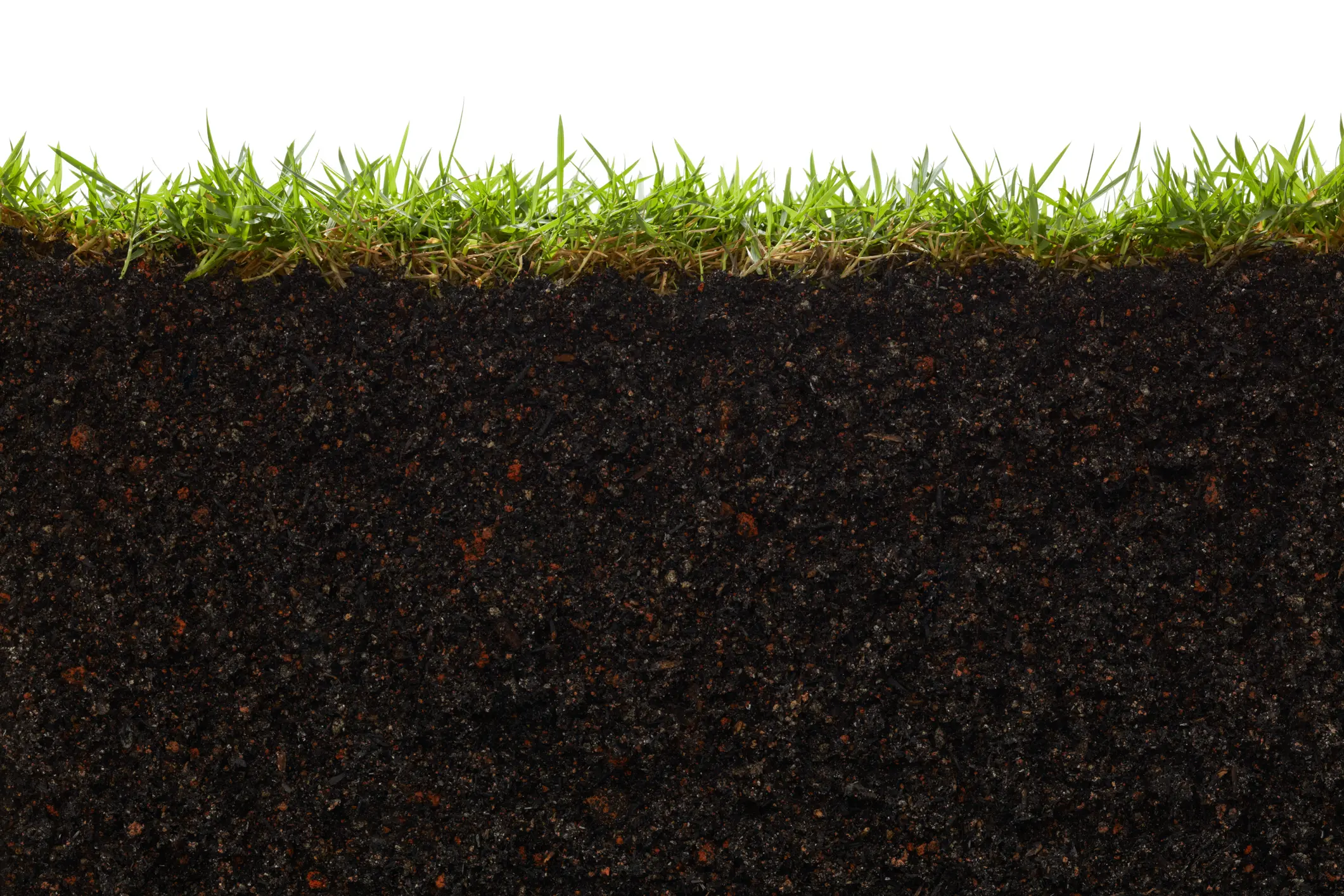
New York State Updates Recommended Vapor Intrusion Actions
juillet 17, 2021
The process for addressing vapor intrusion (VI) continues to evolve and recently updated guidance in New York State could have potentially significant impacts to various stakeholders.

Implementing bioremediation at environmental cleanup sites: TRC experts weigh in at leading industry conference
mai 17, 2021
TRC experts make several presentations at the Battelle conference about innovative approaches they have developed for implementing and monitoring bioremediation and the use of naturally-occurring or deliberately-introduced micro-organisms to break down environmental pollutants.

Iron sulfide: The “miracle mineral” in environmental remediation
avril 26, 2021
Whether it’s treating an arsenic spill at a railroad site in Wisconsin or releases of chromium and other metals or metal-cleaning solvents at manufacturing sites in California, New Jersey, and South Carolina, a mineral marrying iron and sulfur -iron sulfide- is emerging as a powerful and versatile tool in the environmental remediation toolbox.

TRC Awarded a Yahara WINS Grant
août 28, 2020
TRC was recently awarded a Yahara WINS grant to develop a pilot scale simple aeration method for removing phosphorous from the discharge of manure digesters. The grant application was developed and submitted by: Bob Stanforth, Alyssa Sellwood, Mike Ursin, Ted O’Connell, Ken Quinn, and John Rice, who are members of multiple TRC CORE teams.

Ecological Risk of PFAS from AFFF-Impacted Sites
juin 30, 2020
The facts on evaluating exposure to wildlife

TRC and Environmental Partners, Inc. (EPI) have entered into definitive agreement for the sale of EPI’s business
novembre 25, 2019
TRC and Environmental Partners, Inc. (EPI) have entered into definitive agreement for the sale of EPI’s business

World Health Organization Examines Danger of Microplastics in Drinking Water
novembre 5, 2019
There’s growing concern that microscopic plastic particles could be having a detrimental effect on drinking water quality.

Groundwater Recharge: How It Affects Your Decisions
mai 30, 2018
Often misunderstood, groundwater recharge rate is an important consideration when assessing groundwater supply or aquifer vulnerability.

Virginia Water and Wastewater Rate 2024 Report is Now Available
avril 3, 2025
Keys to a successful technical impracticability evaluation are sound data collection, documentation and effective communication of site conditions and groundwater restoration potential.

Percées novatrices dans l’assainissement in situ actif des SPFA
septembre 27, 2024
Ne manquez pas la présentation et l’atelier de la CVR à la 40e conférence internationale annuelle de l’AEHS sur les sols, les sédiments, l’eau et l’énergie

Webinaire TDU – Bioventing Plumes résiduelles LNAPL
août 27, 2024
L’expert de TRC discute des bases du système de bioventing et de bioventing d’hydrocarbures et de la conception de puits. Deux études de cas sont également fournies pour montrer des exemples d’assainissement des sources de biovention et d’installation d’un système de biovention dans une raffinerie et une ferme de combustible en vrac.

Conseils de récupération LNAPL pour les milieux non consolidés
août 20, 2024
Le liquide léger de phase non aqueuse (LNAPL) est un contaminant des eaux souterraines qui n’est pas soluble dans l’eau.

Prévenir les rejets de contaminants dans les ressources en eau
avril 22, 2024
La technologie brevetée napl-trappe capuchon de TRC traite des contaminants à la source de sédiments.

UAV pour les HCB : Naviguer dans le ciel pour la surveillance environnementale
février 5, 2024
L’eutrophisation et les proliférations d’algues nuisibles constituent une menace pour la santé écologique et la jouissance par les communautés des écosystèmes d’eau douce et côtiers mondiaux

Déchloration du panache de solvant
Décembre 13, 2023
La déchloration anaérobie est un processus biologique qui se produit en l’absence d’oxygène et qui est principalement utilisé pour assainir les composés chlorés, tels que les solvants chlorés.

Du triage à la prévention : gestion des microplastiques à l’aide d’un cadre de soins de santé
septembre 21, 2023
Gestion des microplastiques à l’aide d’un cadre de soins de santé

Le rapport 2023 sur le taux d’eau et d’eaux usées en Virginie est maintenant disponible
juillet 24, 2023
La réussite d’une évaluation technique de l’impraticabilité est la collecte de données solides, la documentation et la communication efficace des conditions du site et du potentiel de restauration des eaux souterraines.

Microplastics ITRC Guidance Document and Training Available Soon!
février 23, 2023
Microplastic particles have been found in nearly every corner of the globe, but health effects and toxicity are only beginning to be understood. Because of their ubiquitous nature, microplastics present a challenge in both accurate sampling and source attribution. Microplastics are emerging as an environmental issue that regulators and industry will be increasingly focusing on in the coming years.

Vapor Intrusion Assessment and Mitigation Case Study
février 23, 2023
Keys to a successful technical impracticability evaluation are sound data collection, documentation and effective communication of site conditions and groundwater restoration potential.

Odor Evaluation Services
février 23, 2023
TRC is nationally recognized as an expert in the field of odor measurement, identification, modeling and control engineering. This presentation includes an overview of odor properties, odor evaluation, modeling and odor thresholds and outlines the four sensory properties: detectability, intensity, character and hedonic tone.

EPA Announces $2 Billion in Funding to Address Emerging Contaminants in Drinking Water
février 14, 2023
Environmental Protection Agency Administrator Michael Regan announced $2 Billion in infrastructure funding to help the nation’s rural water supplies.

Metals 101
février 8, 2023
Metals are naturally occurring elements in the Earth’s crust that enter the environment through natural processes. They can be found in groundwater, soil and sediment. The trophic transfer of these elements in aquatic and terrestrial food chains has important implications for wildlife and human health.

Green and Sustainable Remediation
janvier 9, 2023
Green and sustainable remediation (GSR) can optimize remedial activities, minimize environmental footprints and reduce social and economic impacts.

Chlorinated Solvents 101
janvier 9, 2023
Chlorinated solvents are present in industrial chemicals and can post risks to the environment and human health.

Equipment Decontamination and Replacement of Legacy Aqueous Film Forming Foams
Décembre 21, 2022
Legacy AFFF used for firefighting are a significant source of PFAS in the environment. With current and expected regulation, many entities are looking for replacements.

Advanced NAPL Site Characterization Tools
Décembre 14, 2022
Advanced NAPL site characterization tools can improve site understanding and remediation performance.

Preparing Your RMP Facility for a Future of Extreme Weather
novembre 29, 2022
Facilities dealing with hazardous materials must prepare for extreme weather events that pose a risk to their operations and the community.

Biotic and Abiotic Reduction to Achieve Groundwater Compliance at CCR Sites
novembre 22, 2022
TRC conducted two case studies to test different EA strategies. In both studies, chemical and biological reduction to stabilize metals at former CCR sites were evaluated.

New York State Updates Recommended Vapor Intrusion Actions
juillet 17, 2021
The process for addressing vapor intrusion (VI) continues to evolve and recently updated guidance in New York State could have potentially significant impacts to various stakeholders.

Implementing bioremediation at environmental cleanup sites: TRC experts weigh in at leading industry conference
mai 17, 2021
TRC experts make several presentations at the Battelle conference about innovative approaches they have developed for implementing and monitoring bioremediation and the use of naturally-occurring or deliberately-introduced micro-organisms to break down environmental pollutants.

Iron sulfide: The “miracle mineral” in environmental remediation
avril 26, 2021
Whether it’s treating an arsenic spill at a railroad site in Wisconsin or releases of chromium and other metals or metal-cleaning solvents at manufacturing sites in California, New Jersey, and South Carolina, a mineral marrying iron and sulfur -iron sulfide- is emerging as a powerful and versatile tool in the environmental remediation toolbox.

TRC Awarded a Yahara WINS Grant
août 28, 2020
TRC was recently awarded a Yahara WINS grant to develop a pilot scale simple aeration method for removing phosphorous from the discharge of manure digesters. The grant application was developed and submitted by: Bob Stanforth, Alyssa Sellwood, Mike Ursin, Ted O’Connell, Ken Quinn, and John Rice, who are members of multiple TRC CORE teams.

Ecological Risk of PFAS from AFFF-Impacted Sites
juin 30, 2020
The facts on evaluating exposure to wildlife

TRC and Environmental Partners, Inc. (EPI) have entered into definitive agreement for the sale of EPI’s business
novembre 25, 2019
TRC and Environmental Partners, Inc. (EPI) have entered into definitive agreement for the sale of EPI’s business

World Health Organization Examines Danger of Microplastics in Drinking Water
novembre 5, 2019
There’s growing concern that microscopic plastic particles could be having a detrimental effect on drinking water quality.

Groundwater Recharge: How It Affects Your Decisions
mai 30, 2018
Often misunderstood, groundwater recharge rate is an important consideration when assessing groundwater supply or aquifer vulnerability.

Alia Enright
Alia Enright leads TRC’s internal Center of Research and Expertise (CORE) Emerging Contaminants team and has presented several workshops on microplastics. She is a senior project engineer and Technical Development Unit (TDU) deputy in the Lakewood, Colorado office. She started her environmental engineering career at TRC in 2015 as an intern in the Madison, Wisconsin office. Additionally, Alia has recently transitioned to becoming a TDU deputy on top of her project work. Her main responsibilities include site investigation and sampling of a variety of media; investigations involving emerging contaminants; technical reporting; remedial options/feasibility study engineering evaluations; and project management. Alia also leads TRC’s CORE Microplastics Sub Team. Contact Alia at: AEnright@trccompanies.com.

